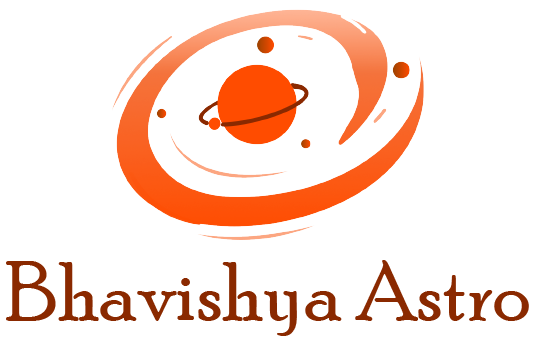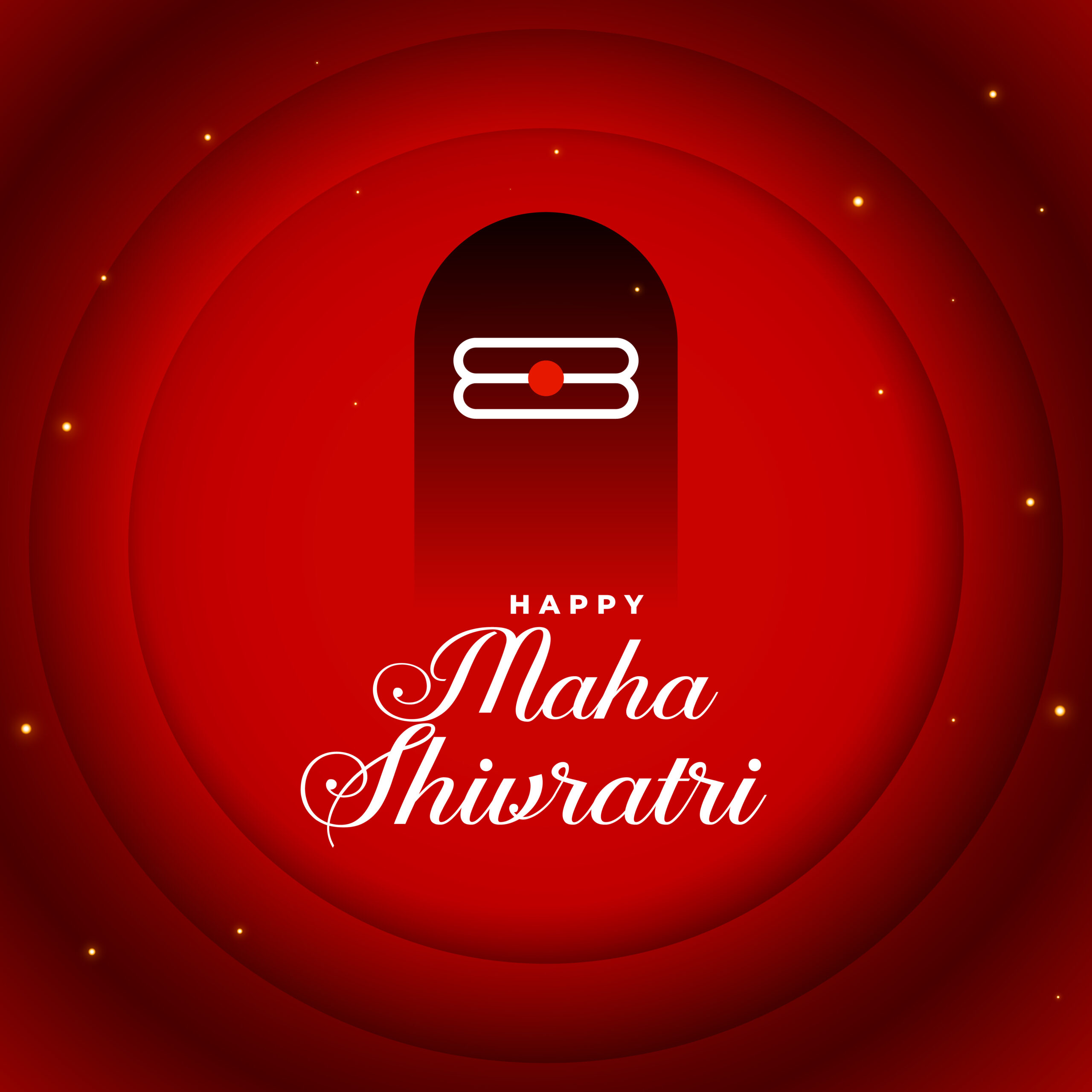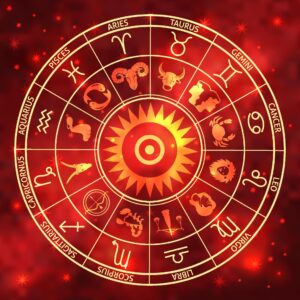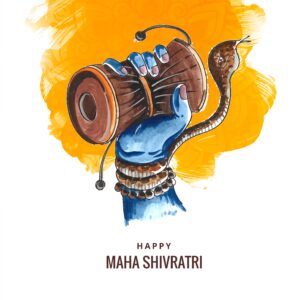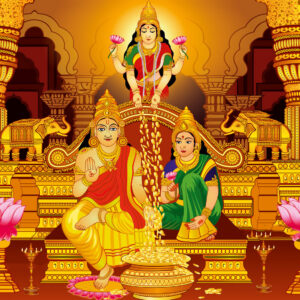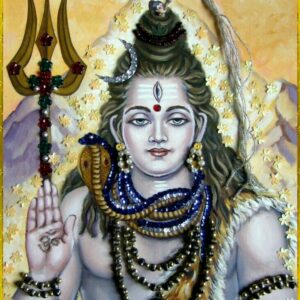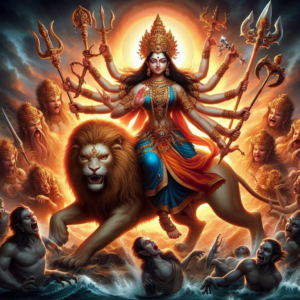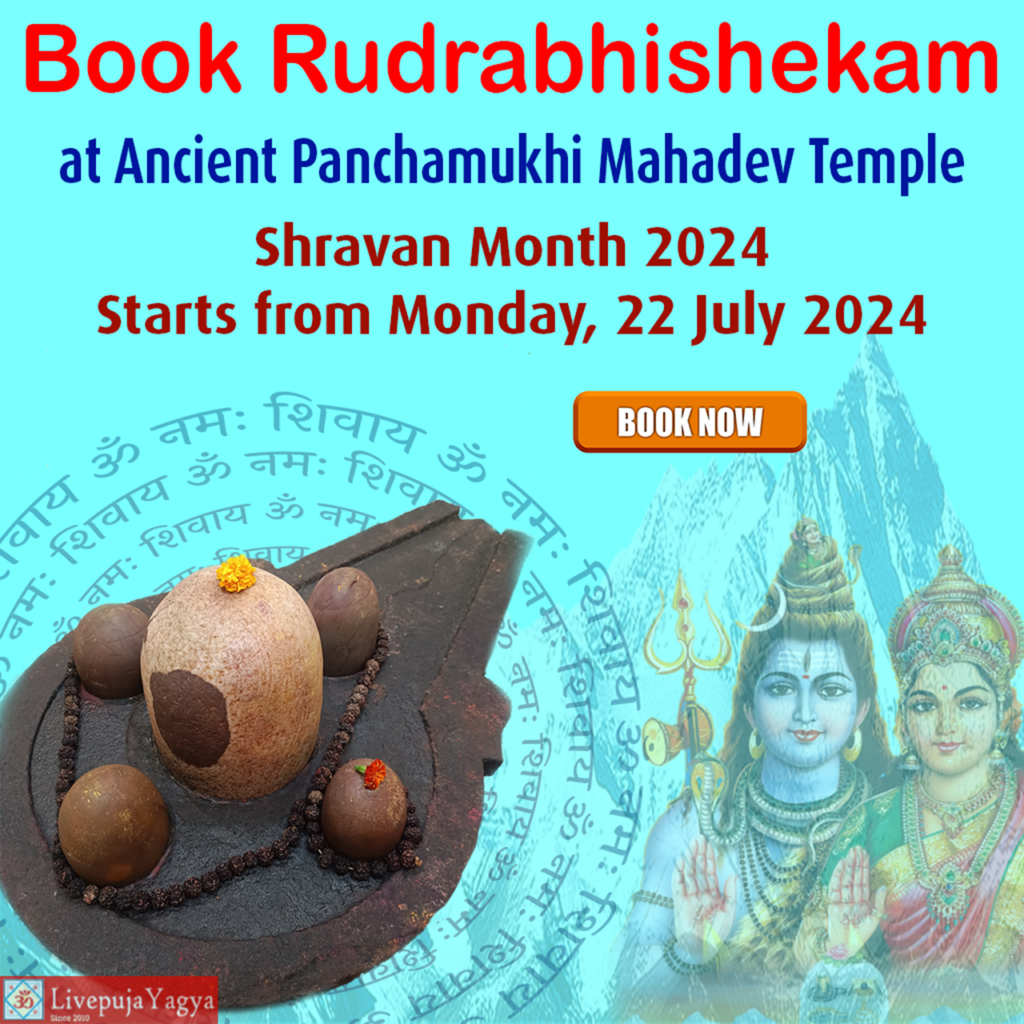Online Maha Shivaratri Char Prahar Rudra Abhishekam Pooja: A Divine Celebration
Maha Shivaratri, a celestial occasion honoring Lord Shiva’s union with Goddess Parvati, unfolds with profound significance. This ‘Great Night of Shiva’ converges spiritual energies, guided by planetary alignments during the Krishna Paksha Chaturdashi of Hindu calendar month Maagha. Among the twelve Shivaratris, Maha Shivaratri stands as the holiest, amplifying the efficacy of potent mantras like the Maha Mrityunjaya Mantra.
The Essence of Shivaratri
Embraced as one of Hinduism’s pivotal festivals, Shivaratri is a day where ritualistic worship of Lord Shiva is believed to bring divine favor. Devotees earnestly seek blessings, convinced that pleasing Lord Shankara on this auspicious day absolves past sins and bestows Dharma, Artha, Kama, and Moksha.
In This Year MahaShivaratri Pooja date is on 08 March 2024 Friday for 4 prahar pujan to lord shiva whole night.
The Puja Rituals
1. For Removal of Negativities and Purification of Karmas
In the first prahar, the Puja commences with Sthapana, Ganesh, Shodash Matrika, Kalash, and Navgrah. Sankalp sets the tone, followed by Shodash Upchar Puja of Lord Shiva and Abhishek with milk and water. Post-Abhishek, Lord Shiva’s shringar includes bel patra and flowers, culminating with Shiv Panchakshari Stotra, Aarti, and Pushpanjali.
2. For Good Health
Transitioning to the second prahar, internal focus prevails with Dhyana of the Sthapit deities. Shodash Upchar Puja of Lord Shiva precedes Abhishek with ghee. The subsequent adornment with bel patra and flowers, along with Rudrashtakam Stotra, Aarti, and Pushpanjali, manifests as a boon for good health.
3. For Wealth
The third prahar’s inward focus intertwines with Dhyana of the Sthapit deities. Shodash Upchar Puja and Abhishek with fruit juices (bel, sugarcane, pomegranate, apple, mango, and chikoo) ensue. This ritual, complemented by Lingashtakam Stotra, Aarti, and Pushpanjali, bestows wealth and prosperity upon the devotee.
4. For Peace and Wellbeing
The fourth prahar deepens internal focus, merging with Dhyana of the Sthapit deities. Shodash Upchar Puja and Abhishek with coconut water, Ganga jal, Kewda jal, Gulab jal, and sugarcane juice follow. Lord Shiva’s shringar, Shiv Taandav, Shiv Mahimna Stotra, Aarti, and Pushpanjali with Shiv Manas Stotra conclude, conferring peace, harmony, and life’s comforts.
Who Should Perform Maha Shivaratri Puja?
The beauty of Maha Shivaratri Puja lies in its inclusivity; everyone can partake in this divine ritual, seeking blessings and spiritual elevation.
FAQs
- Is Maha Shivaratri Puja only for Hindus?
- No, the Puja is open to everyone, irrespective of their religious background.
- Can the Puja be performed individually?
- Yes, individuals can perform Maha Shivaratri Puja to seek spiritual benefits.
- Are the fruits mentioned in the Puja specific, or can any fruits be used?
- The listed fruits hold symbolic significance, but variations are permissible.
- How long does each prahar of the Puja typically last?
- The duration varies, but devotees usually dedicate an hour to each prahar.
- Is there a specific time for performing Maha Shivaratri Puja?
- The Puja is traditionally performed during the night, with each prahar having its unique significance.

